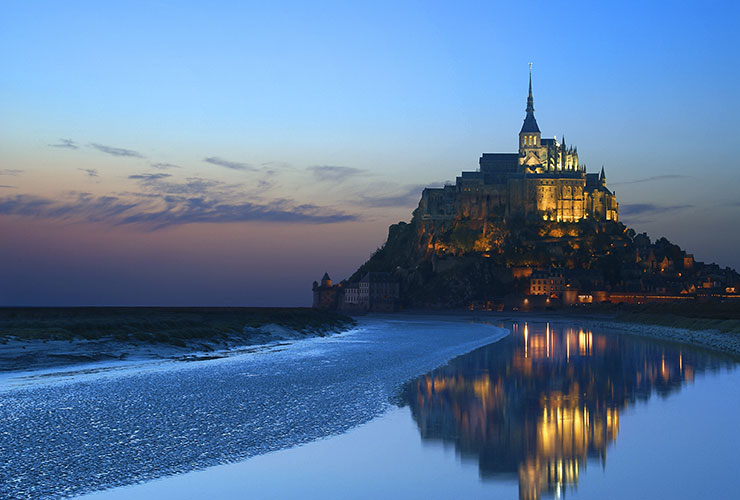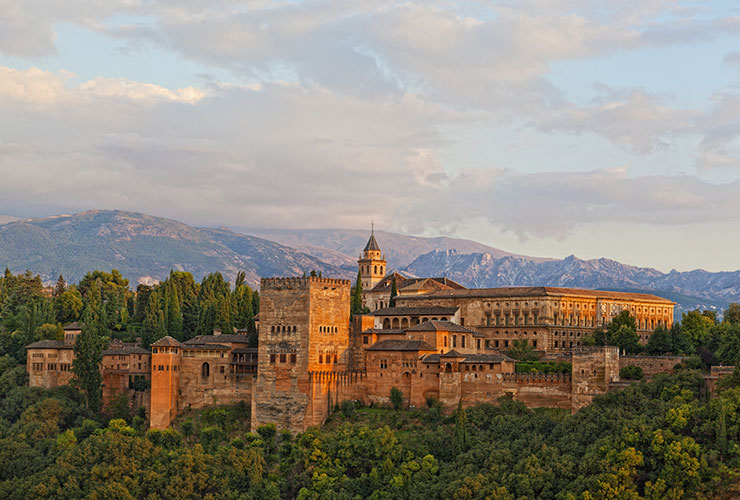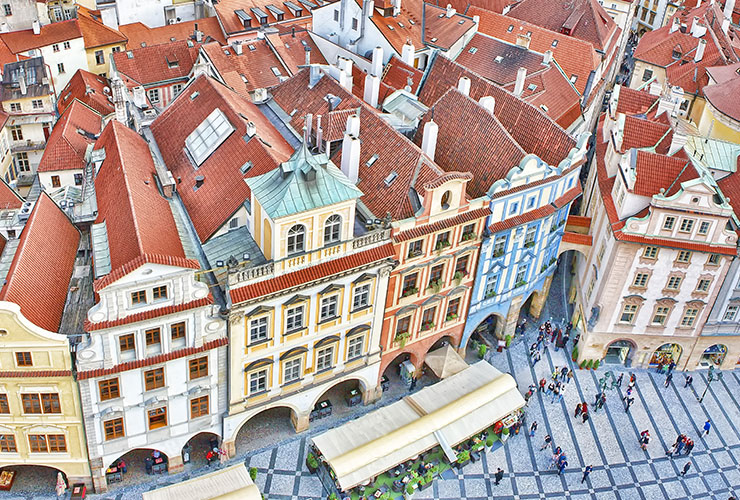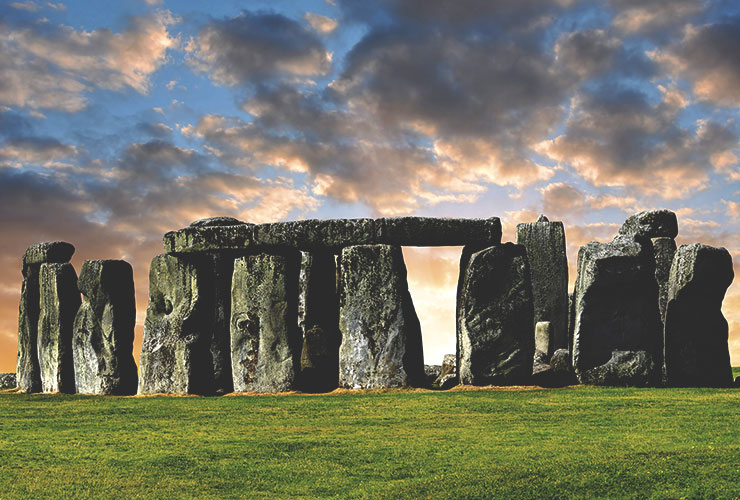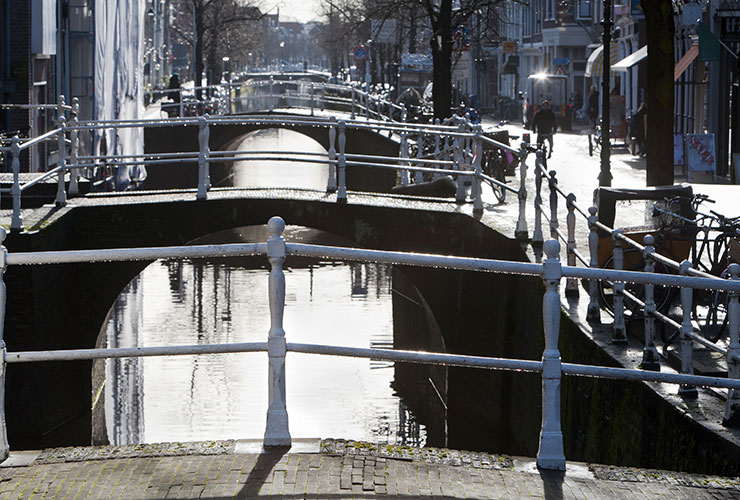From The Last Supper to Pompei & Herculaneum. Italy has long been known as a country of culture, art, and history. It is steeped in a long succession of inspirational artists, poets, and historians. Italy is also home to more UNESCO cultural sites than any other country in the world.
The Last Supper
A polymath, da Vinci lived at the beginning of the Renaissance art movement in Italy. As well as painting, sculpturing, and architecture, he was also a genius at geology, astronomy, and engineering.
If copying is a compliment, Leorardo da Vinci’s classic The Last Supper is one of the most reproduced paintings in history. Started in 1495, da Vinci’s masterpiece of Italian art wasn’t finished until 1498. The original is 4.6 M (15 feet) by 8.8 meters (28.8 feet).
Appropriately, The Last Supper is painted on the wall of the dining room at the Convent of Santa Maria delle Grazie in Milan. As the convent is small, only 20 to 25 people are allowed to visit the painting at a time. If you want to book your 15 minutes with the masterpiece, do it at least two months in advance.
Pompei & Herculaneum
During the Roman Empire, the wealthy built resort houses on the fertile soil of Vesuvius. There the soil from the volcano was ideal for grapes and olives. In August 79 AD the Vesuvius eruption began about noon and lasted for approximately 19 hours. It was witnessed by Pliny the Younger from about 30 km (18 miles) away. The residents of Pompei, Italy must have felt they were living the anonymous ancient proverb, “Those whom the gods wish to destroy they first make complacent.” The 20 thousand people who lived in the 700-year old resort town could have escaped. But they didn’t think they were in any danger. When Vesuvius stopped belching poisonous gas, hot lava, and showers of rocks, the city of Pompei was covered in debris to a depth of 2 to 4 meters (8 to 10 feet). The ash engulfed the bodies of those who had fallen in their tracks. The city remained silent for 1,700 years.
Villa dei Misteri
After the restoration work started on the archelogy site of the Pompei ruins in 1909, a well-preserved Roman villa was located. It was relatively unscathed by the volcano and offered insights into the culture and traditions of the Roman of the time.
 Hire Expertise
Hire Expertise Bespoke Itineraries
Bespoke Itineraries Travel Carefree
Travel Carefree